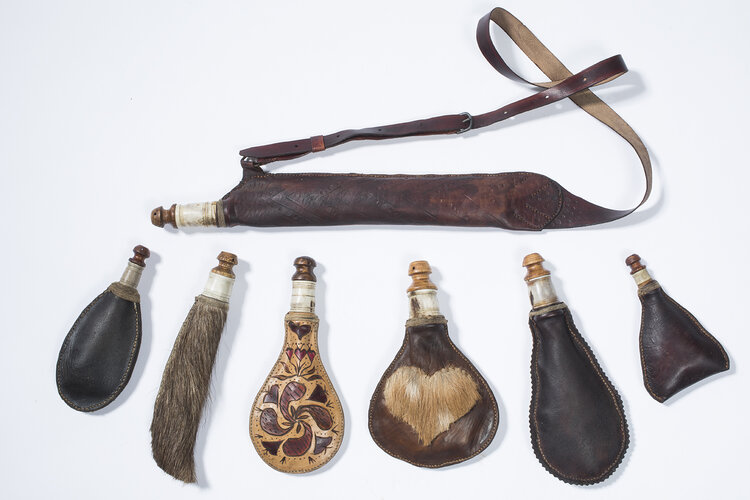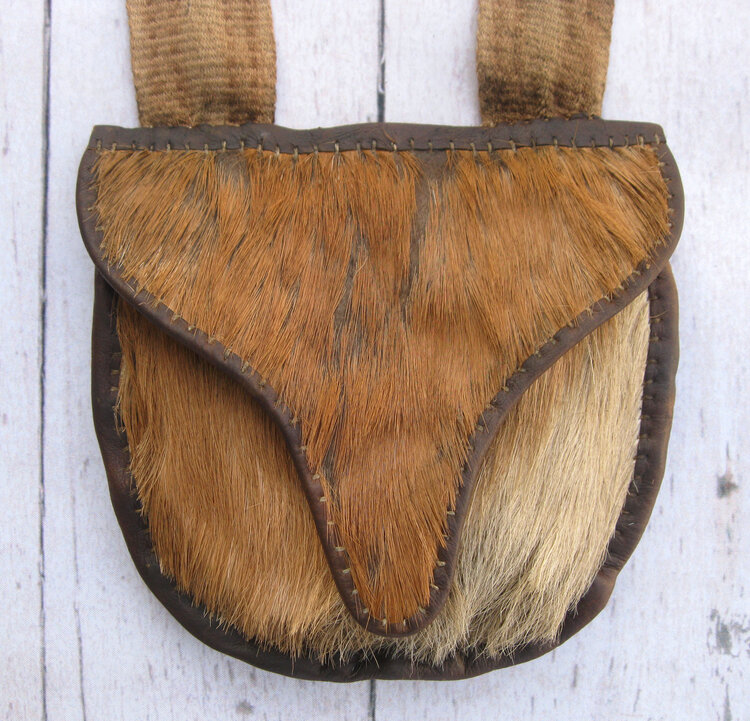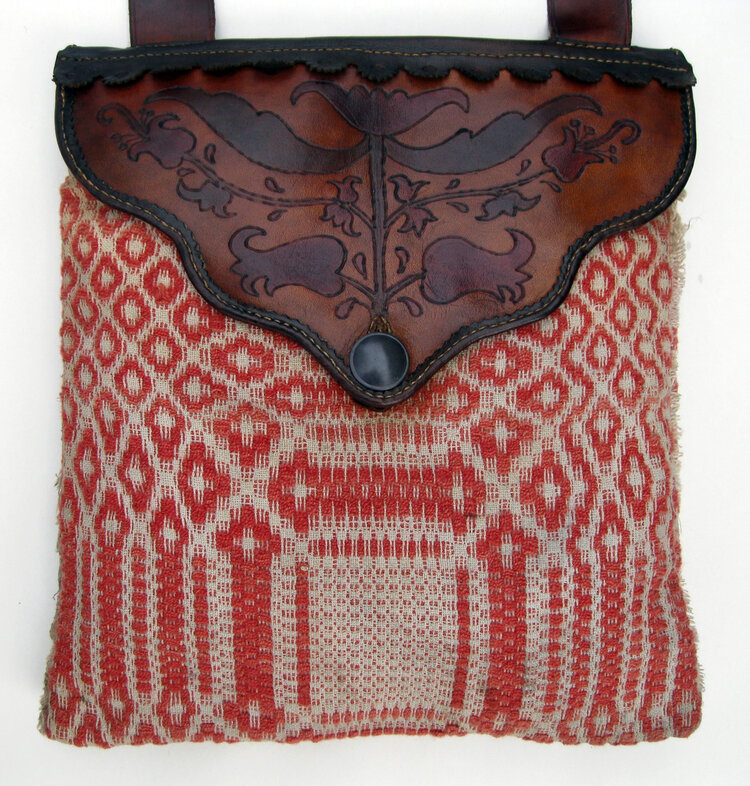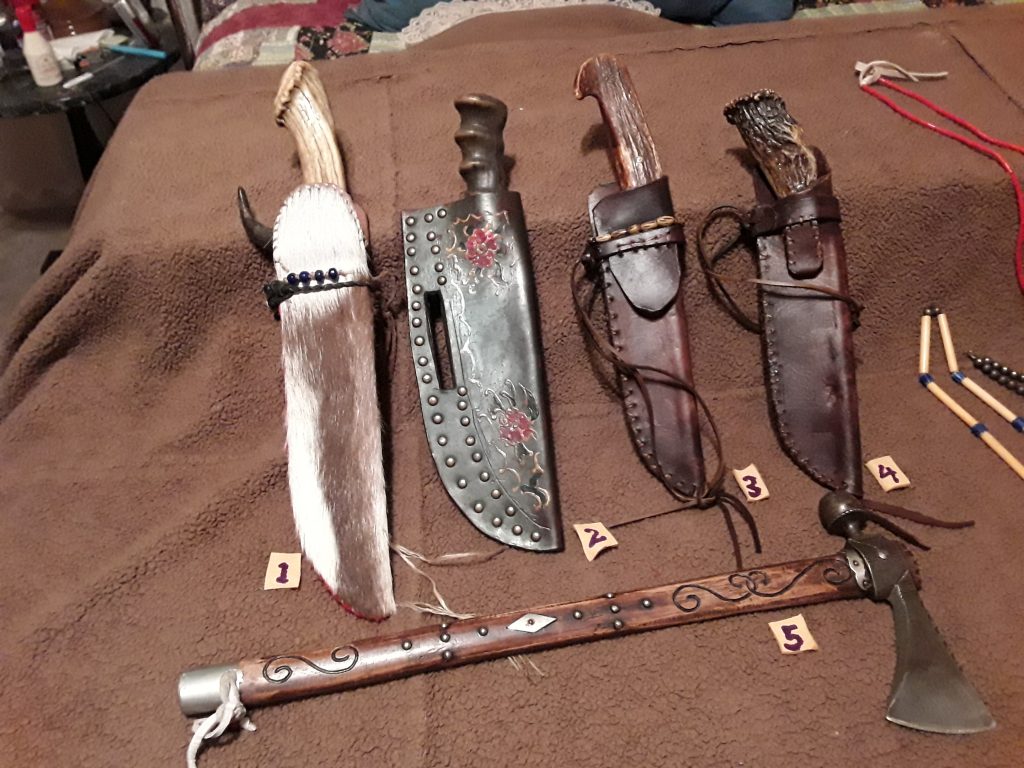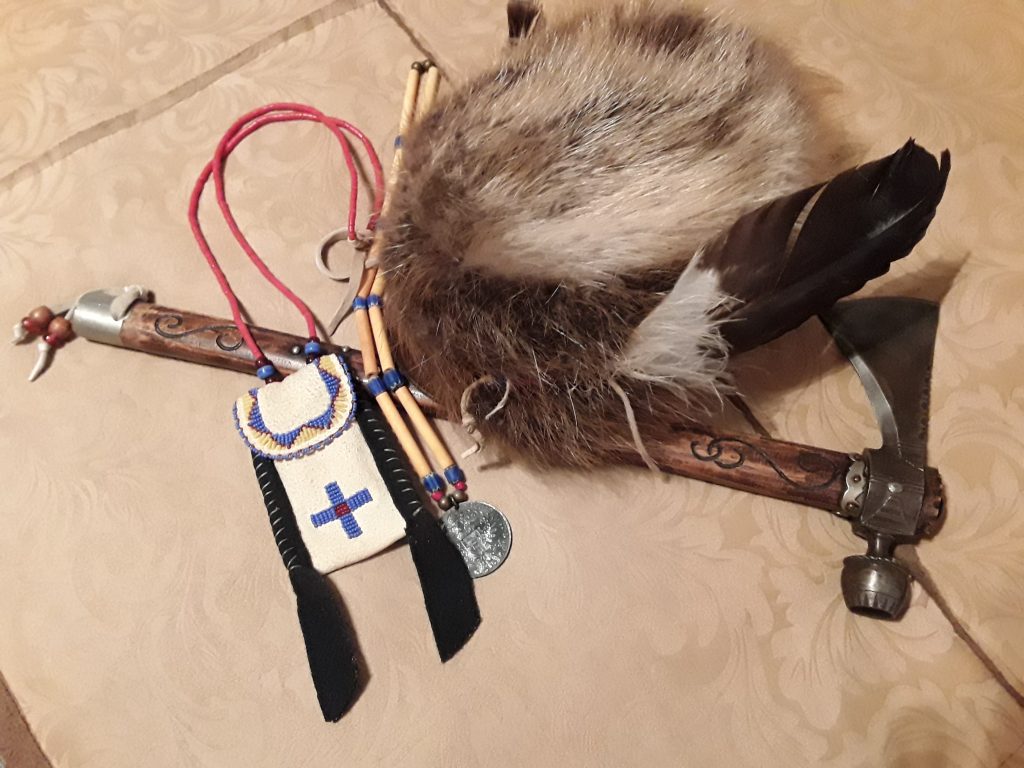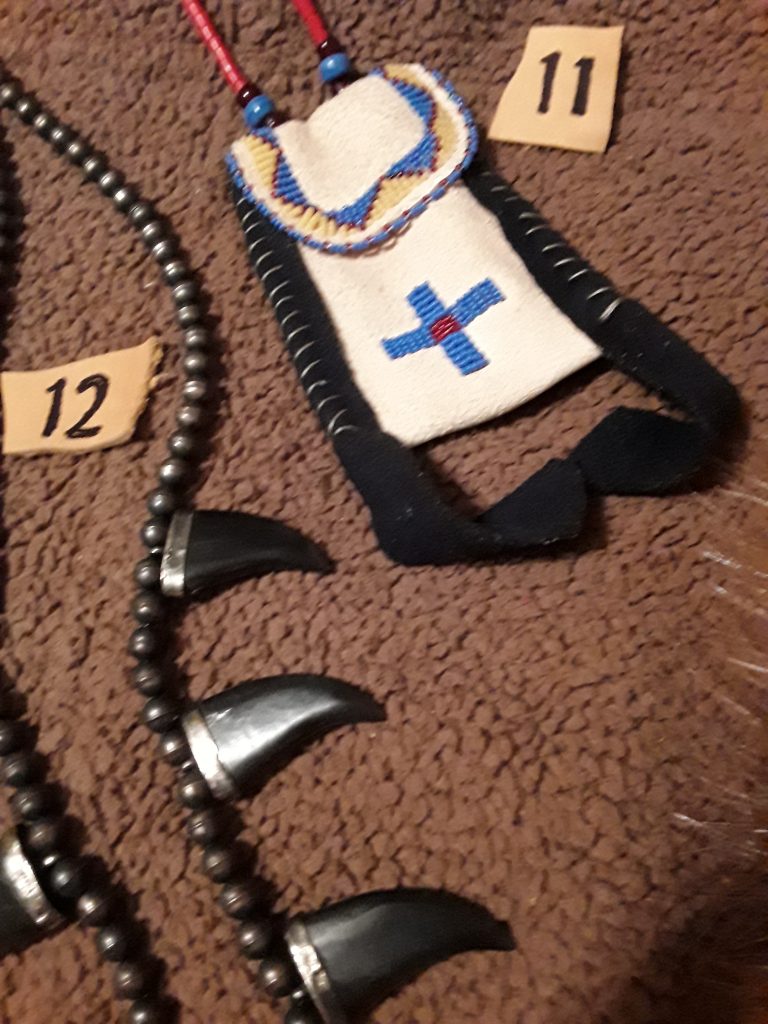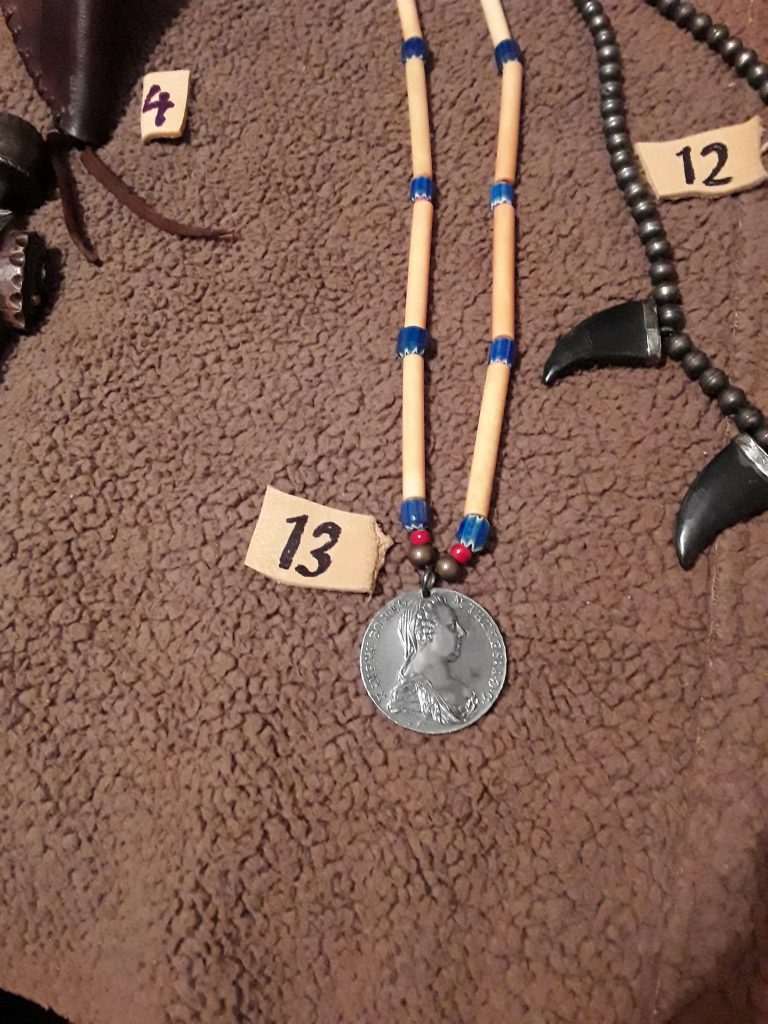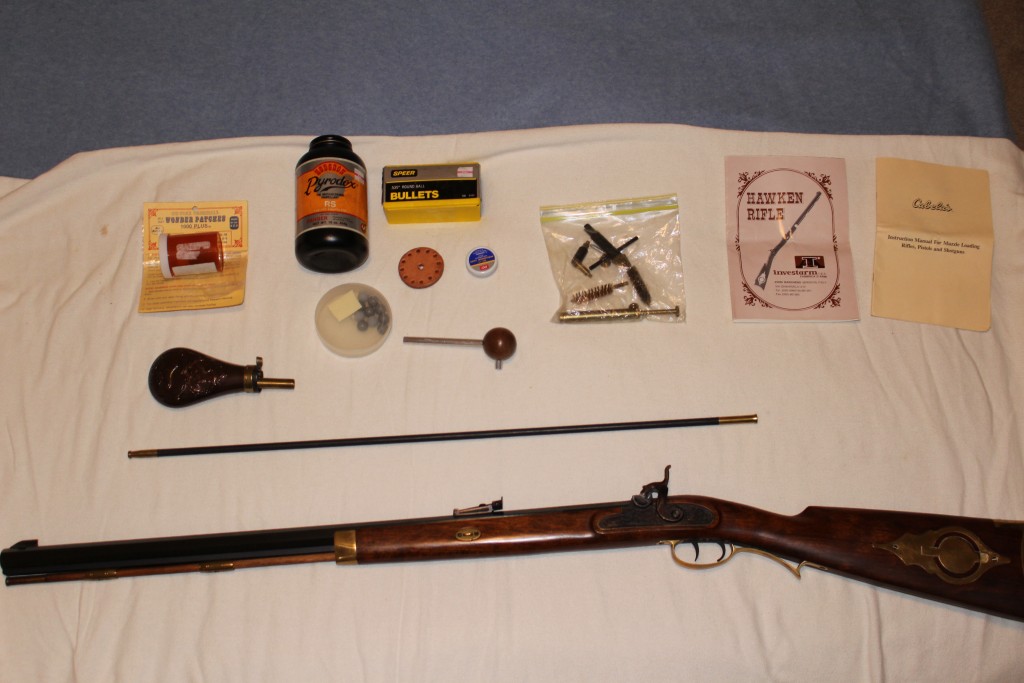I probably should say seasoning cast iron, but when you’ve had an old dutch oven sitting in a shed for the past 3 years, I think it’s more of a re-season.
Back in 2007 when Otter Woman and I were hitching up the wagon to our new encampment, we had quite a few projects that were “in progress” – one of which was an old cast iron dutch oven that we’d recently used at an event. Prior to the move we did our best to remove the petrified remains of my poor attempt at biscuits (fire hardened in the true sense of the word).
About two weeks after our move Little Otter was born and we sort of forgot about the pot. Over the next couple of years we day-tripped into events and the dutch oven slowly migrated around the garage, outside into the shed – and finally onto the back porch where I had to stare my lack of responsibility in the face every time the kids and I went in and out of the house.
To mark my triumphant return to overnight rendezvous’ing, I decided I would clean and re-season that old dutch oven once and for all . . .
Having no idea how to remove 3-year old biscuit carcass, I strolled over to the Interweb and did some searching. I found a few suggestions, blended some ideas and added a few of my own.
Here’s how it worked:
1. Removing the petrified biscuits
I did a few things here – one site recommend a mix of white vinegar and water, so I took a mix of this and with a piece of steel wool, went to town on the rust. As described, it worked out pretty well, but for the old biscuit fossils, I had to get at it with a small crowbar (seriously). After a lot of elbow grease, it finally removed the rock-like dough.
After all of this, I then washed the oven (lid and bottom) with dish soap and water to remove any residue from the operation. I also dried it with a cleaning towel to make sure there was no more water on it.
The dutch oven got a light surface rust immediately after drying, but I figured it would be no big deal after the greasing.
2. Warming the pan
Set the oven to 225 degrees. When the oven is ready, put the dutch oven and lid (separate on a cookie sheet) in the oven for 5 minutes to warm up. When it comes out, it’s plenty warm.
3. First coat of oil
Once the dutch oven was warmed up, I took it out (remember the hot pot holders, she’s warm!) and set the whole mess onto the stove. I took some vegetable oil (am sure bacon grease, or olive oil would probably be fine, too) and coated the whole thing – lid and bottom – and wasn’t shy about it.
After that, let it sit in the hot oven for 30 minutes.
4. Wipe and finish cooking
After 30 minutes, remove the dutch oven from the oven oven and wipe it dry. There may be some pooled oil on the bottom of the dutch oven and the corners of the lid. I used a wad of paper towel to hold each piece up and used another paper towel to dry the dutch oven and re-distribute the oil around it.
When this is done, the dutch oven goes back into the oven oven and cooks for 30 more minutes.
When I finally took the dutch oven out of the oven after the process it looked great. No more rust, no more bad spots – ready to try another attempt at biscuits and peach cobbler.
Even Otter Woman, who is the chief health inspector at our house gave it a passing grade.
Give it a try and you, too can bring back an old dutch oven from the dead!

